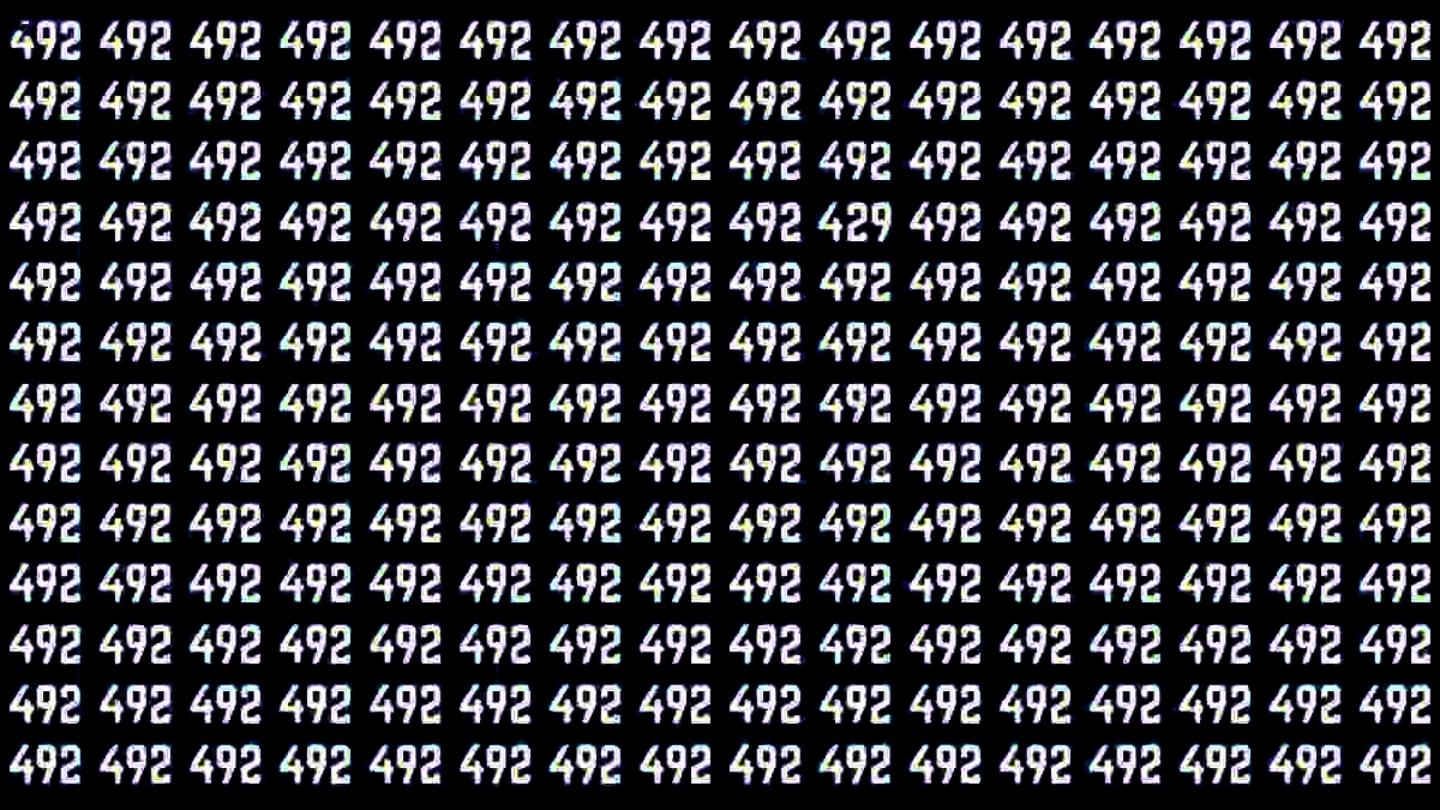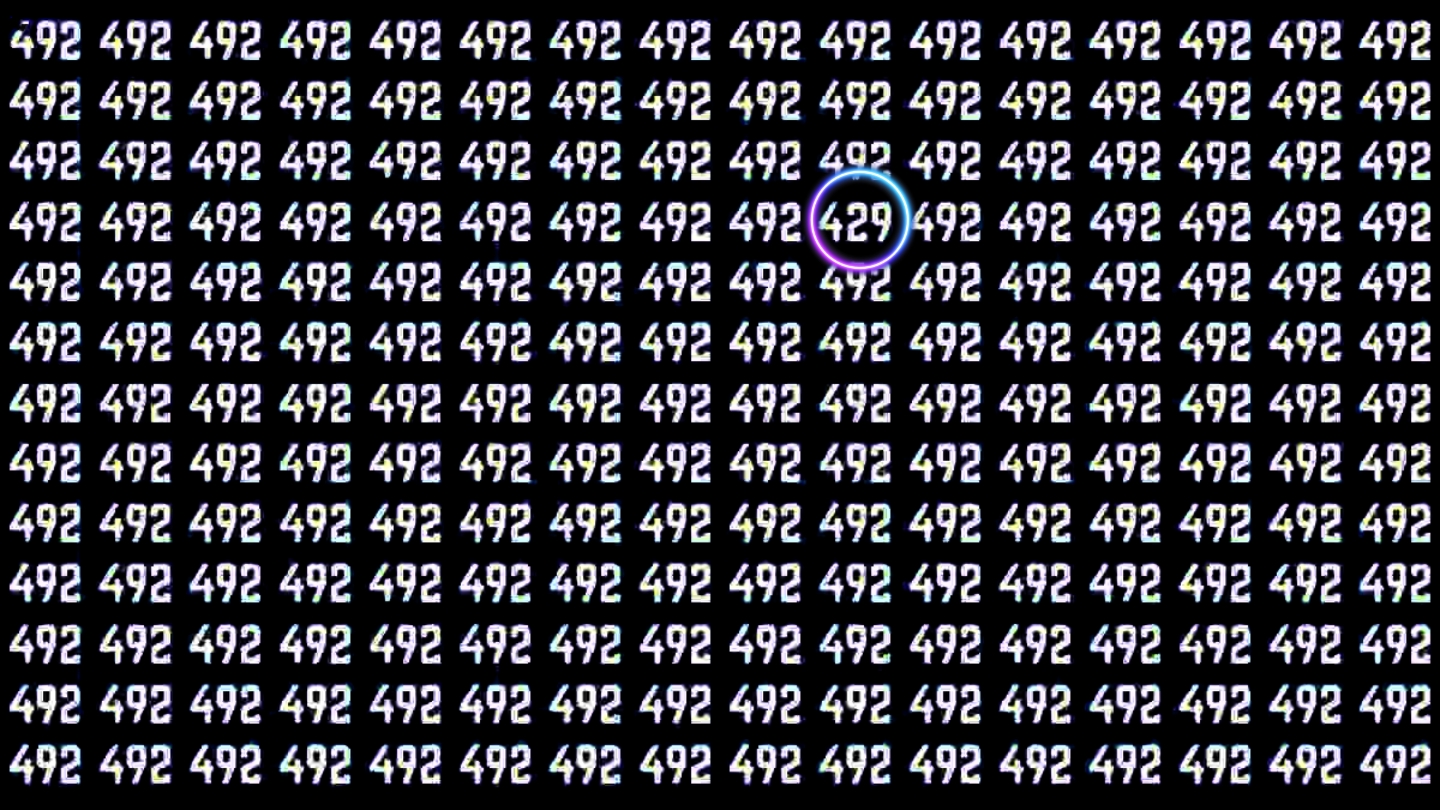A new optical illusion challenge has captivated thousands online, asking viewers if they can spot the number 429 cleverly concealed within a sea of intertwining patterns and distracting shapes. The viral image, featured recently on Gypsy Falls, tasks participants with identifying the three-digit number in just five seconds—an exercise that’s proven both fun and surprisingly tricky for many.
Why Optical Illusions Remain Popular

Optical illusions have for decades fascinated scientists, psychologists, and hobby enthusiasts alike, playing with the limits of human perception. Challenges like the hidden ‘429’ game continue this tradition, encouraging people to test not only their eyesight but also their cognitive processing speed. These puzzles frequently surface across social media, drawing in crowds eager to compare results and challenge friends.
The Science Behind the Challenge
What makes these illusions difficult? Experts say it comes down to how our brains process visual data. The hidden number in this illusion is intentionally obscured with swirling lines, contrasting colors, and geometric shapes. Such visual noise tricks the brain into overlooking key details, emphasizing just how easily perception can be influenced by context and distraction.
Social Media Reactions Prove Mixed
Since appearing online, the ‘find 429’ puzzle has sparked a wave of reactions. Some reveal they instantly saw the number, while others admit they needed several tries or never found it at all. Social media feeds fill with users sharing their experiences, some posting victory screenshots, others half-joking about considering an eye test after struggling with the image.
More Than Just a Game?

While at first glance just a light-hearted diversion, brain teasers like this serve a broader purpose. Many educators and psychologists advocate for regular mental challenges to help keep the mind sharp, suggesting that engaging with illusions, puzzles, and pattern recognition games can have real neurocognitive benefits over time. Whether found in five seconds or not, the ‘429’ challenge is yet another reminder of the power and playfulness of human perception.


